Lost in Play isn’t just a game about puzzles. It’s a game about the space between them — those quiet pockets where you stop, not because you’re stuck, but because it’s too pretty to rush. A sibling duo on an epic adventure, sure, but half the magic is in the way their world feels hand-drawn just for you — each frame unfolding like a bedtime story someone forgot to finish.
There’s a moment early on where you’re caught between a pirate seagull and a pile of crabs. But honestly, it’s hard to care about the goal when the waves roll lazily behind them, and the seagulls — those blocky, bug-eyed little things — flap around like they’ve lived here longer than you. They’re not there to help you. They’re there to exist. Lost in Play is full of those moments where you forget what you’re supposed to be doing because the world is just that charming.
And somehow, through all that whimsy, Lost in Play is still a puzzle game — a gentle one. You’ll guide the kids through surreal set pieces, helping frogs pull a sword from a stone, serving magical tea to a royal toad, or sneaking your way through a goblin castle on the verge of rebellion. Every challenge feels like it sprang straight from a child’s mind: impossible on paper, but obvious the moment you see it. There’s no inventory juggling, no walls of text. Just small, tactile problems to poke at until they fall apart — often with a grin.
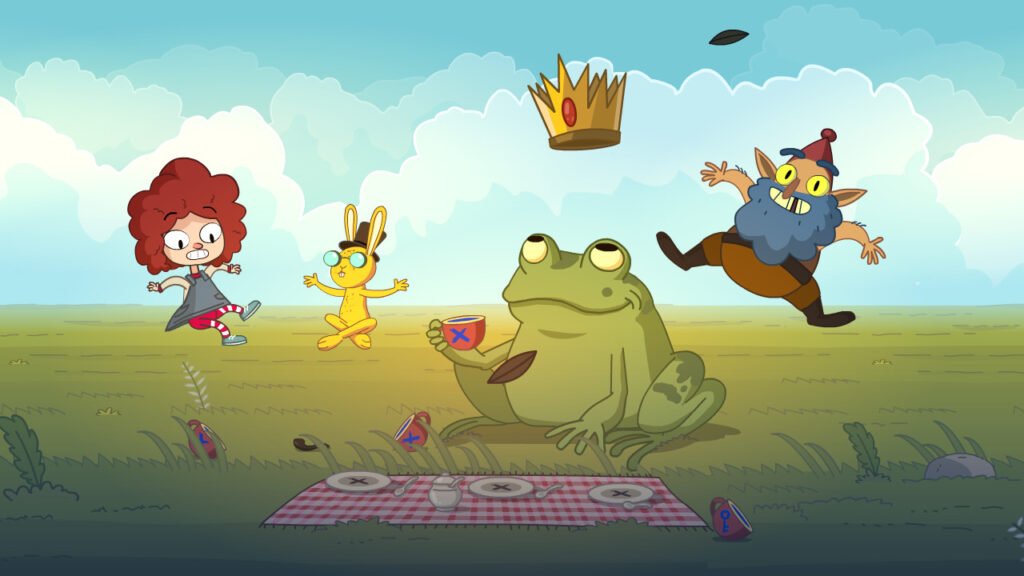
It’s the kind of world that feels imagined by the kids themselves, like you’re playing inside a cardboard fort that’s been given a life of its own. A puddle becomes an ocean. A paper crown turns into a symbol of power. The line between real and make-believe is so thin here, you barely notice when it disappears completely.
What makes it stick, though, is how alive it all feels. The animation is a little love letter to old Saturday morning cartoons — expressive, colorful, but never too clean. Grass sways lazily. Eyes widen just a beat longer than they need to. Even failure looks cute here. You’ll find yourself stalling, not out of confusion, but because you don’t really want to leave the screen you’re on.
There’s no dialogue — not really. Just the soft burble of sound effects and the rise and fall of expressive mumbles. And yet somehow, you always know what’s happening. You know exactly when your little brother’s about to screw something up. You know exactly when he surprises you. There’s a kind of quiet brilliance in that — telling a story without a single word, and somehow still making it feel personal.
It fits neatly into this gentle wave of games — titles like TOEM or even bits of Minute of Islands — that don’t demand much from you, other than your attention. And maybe that’s why it feels so rare. It’s not about winning. It’s about noticing how things fall apart, and watching as these kids pull it all back together with whatever string and cardboard scraps they can find.
If you grew up drawing maps to nowhere, building forts out of blankets and chairs, or wondering how the world might change if you blinked, Lost in Play gets it. And it won’t rush you. It’s the kind of game best played slowly, maybe on a rainy afternoon — where every little stumble feels like part of the adventure, not a reason to stop.
Lost in Play is available on Steam.





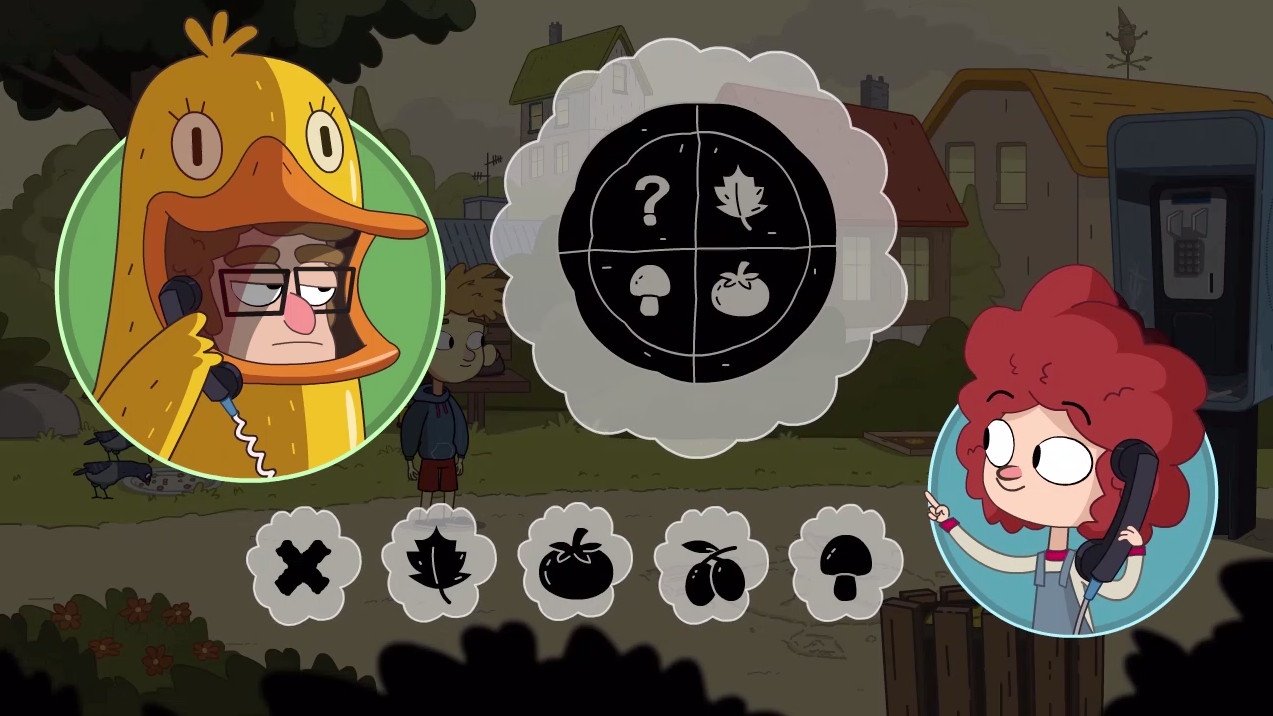
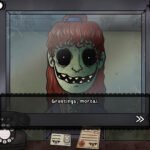





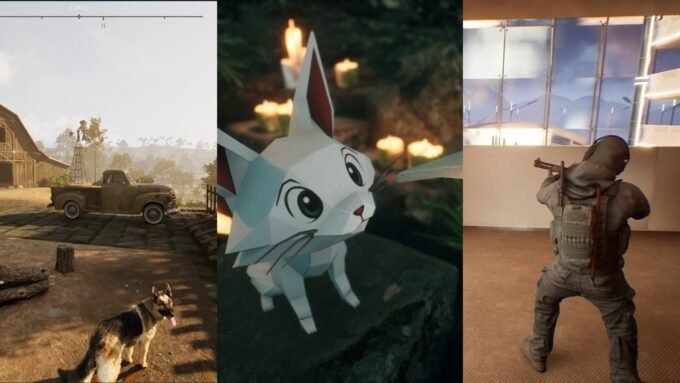
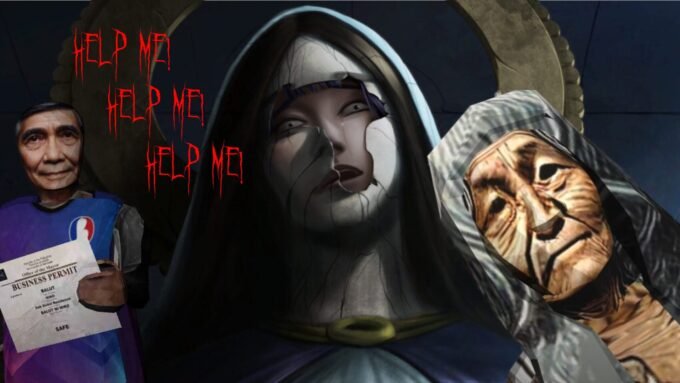
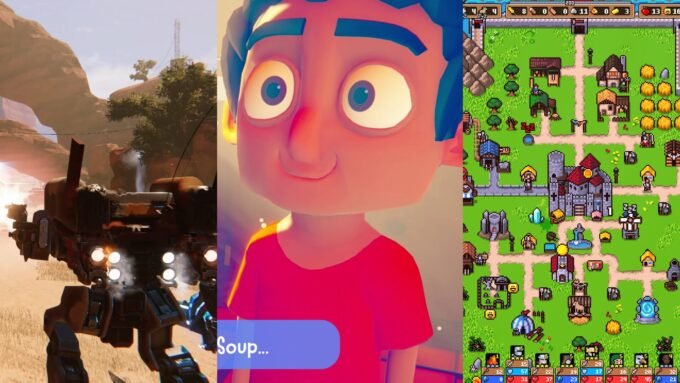
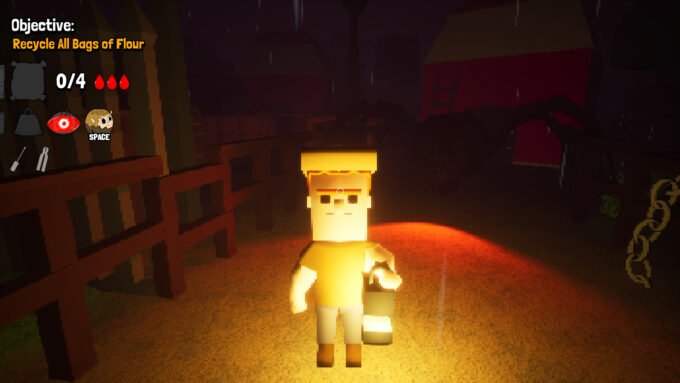

Leave a comment